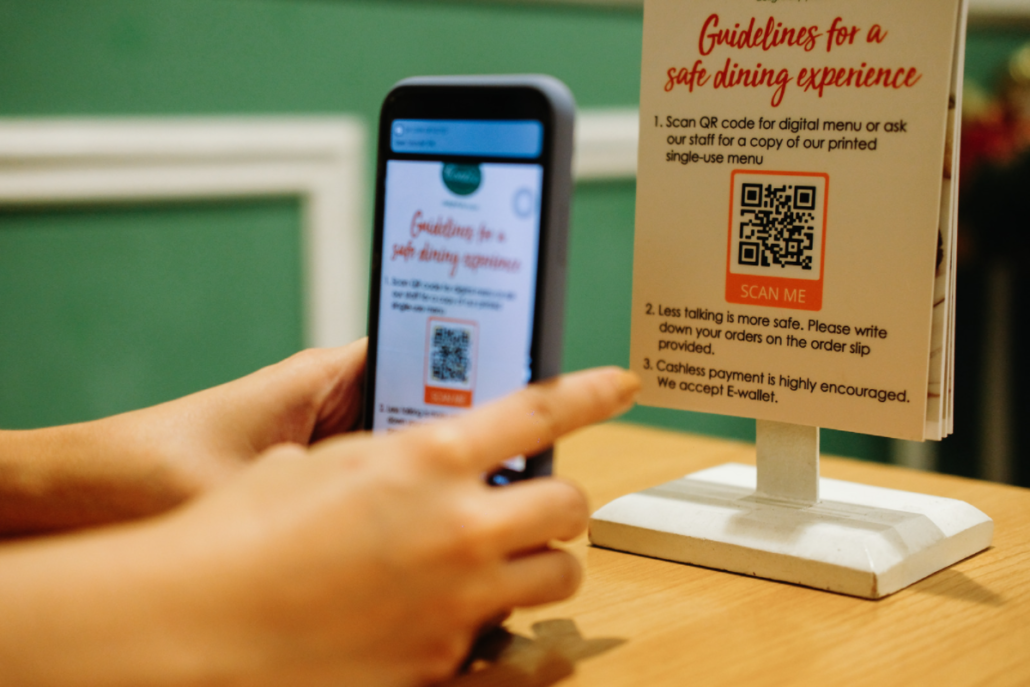What exactly are QR Codes? How do they work and what’s the best way to use them?
QR codes are a type of barcode that a smartphone can scan. They are used to store information and links in the form of text, images, or videos. This makes them an efficient way to communicate with your donors and provide them with more information about your appeal or drive them directly to a specific site.
QR codes are most commonly used in marketing because they allow you to promote your institution in different ways. As a fundraiser, you can use QR codes on your website, social media profiles, posters and banners at events, but most of all, they work great with direct mail.
How to Use Direct Mail to Increase Your Donations
One good thing to note is that direct mail is certainly not dead, and it can be a powerful tool for increasing donations with the help of digital channels.
It continues to be the foundation for nonprofits to reach out to potential donors who are not on their email list or who prefer to give by mail.
While there are several types of direct mail, you can enhance your mailer with various elements:
-
Add the invoice-style “Ugly Betty” to your appeal
-
Include personalization in your letter through variable data printing
-
Create an infographic to highlight institution achievements to date
-
Use a tagline or call-out on the outside of your envelope
-
Employ a QR code to drive donors directly to your donations page
We’ve found that QR codes can help increase donations on your next appeal, but it’s important to follow three simple rules.
3 Proven Tactics to Increase QR Code Engagement
One of the most important functions of QR codes is to provide links to your digital assets. When someone scans your QR code, they can visit your donation page or interact with an app. To take this experience to the next level, try these three tactics:
1. Clearly explain what will happen when they use the QR Code in your direct mail piece. Where it will take them, or what they are expecting to see.
2. Provide a URL beside the QR Code for those wishing to go directly to the page without using the code.
3. Make sure your code is large enough for the donor to see.
To sum it up, QR codes are the link between the digital and physical worlds. If you are unfamiliar with how to get a QR Code, we recommend QR Code Generator, or ask us to add one to your next appeal for you.
Our clients have found QR Codes are a direct channel to their donation page for capital campaigns, spring and fall appeals, and on postcard reminders for fiscal year end. If you’re interested in adding a QR Code to your next appeal, contact us today.


